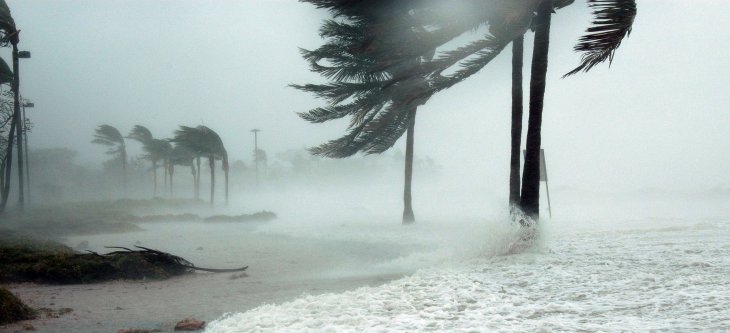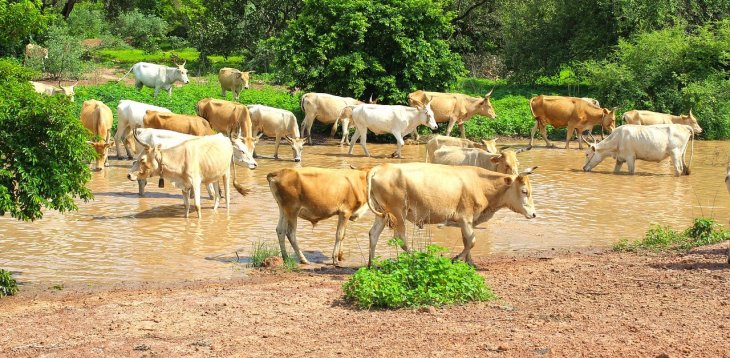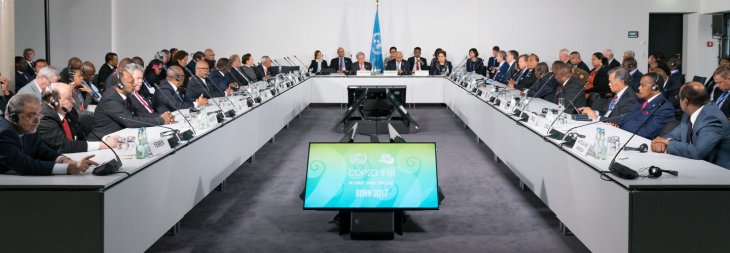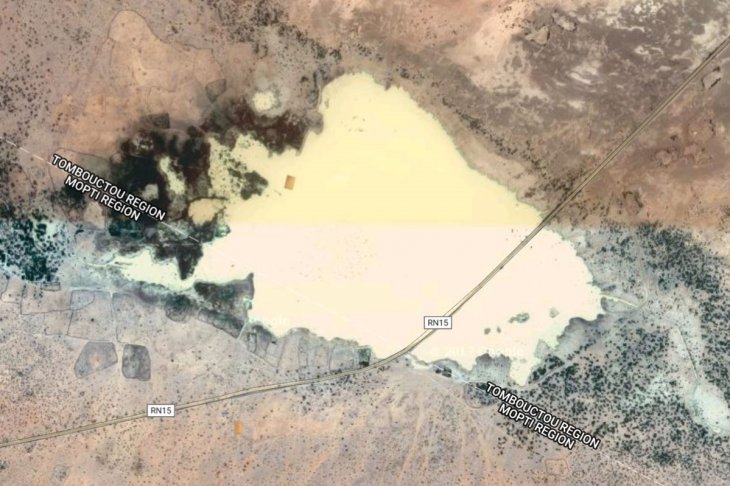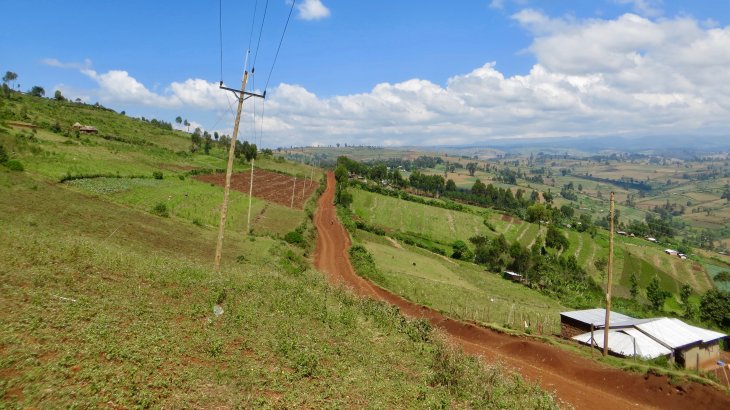Last week, PRIO co-hosted a set of meetings for peers, policy, and the general public at the Woodrow Wilson International Center for Scholars in Washington, DC.
These events marked the end of Climate Anomalies and Violent Environments (CAVE), a three-year research project supported by the Research Council of Norway’s FRIPRO program. The project has contributed with important insights into how climate variability affects dynamics of political violence through a large body of publications, reports, and working papers. At the events in Washington DC, these findings were communicated and discussed with other scholars, practitioners, and policy actors.
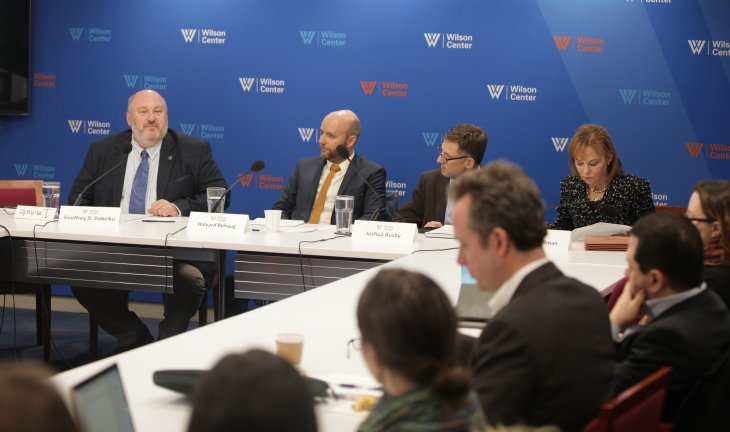
Scholars, practitioners, policy actors and the public met to discuss the state-of-the-art on climate and security. PHOTO: Wilson Center/Flickr
The main event was a public seminar on “Climate Change and Conflict: New Research for Defense, Diplomacy, and Development” with particular focus on the current state-of-the-art on climate and security and how scientific evidence can be implemented in politics and practice. Three panelists introduced their take on this issue: Joshua Busby, Associate Professor of Public Affairs at the University of Texas, Austin; Sherri Goodman, Senior Fellow at the Wilson Center and former US Deputy Under-Secretary of Defense; and Halvard Buhaug, Research Professor at PRIO and project leader of the sponsoring CAVE project. Under the moderation of Geoff Dabelko, former director of the Environmental Change and Security Program at the Wilson Center and Professor of Environmental Studies at Ohio University, questions from the audience paved the way for a engaging and insightful discussion.


